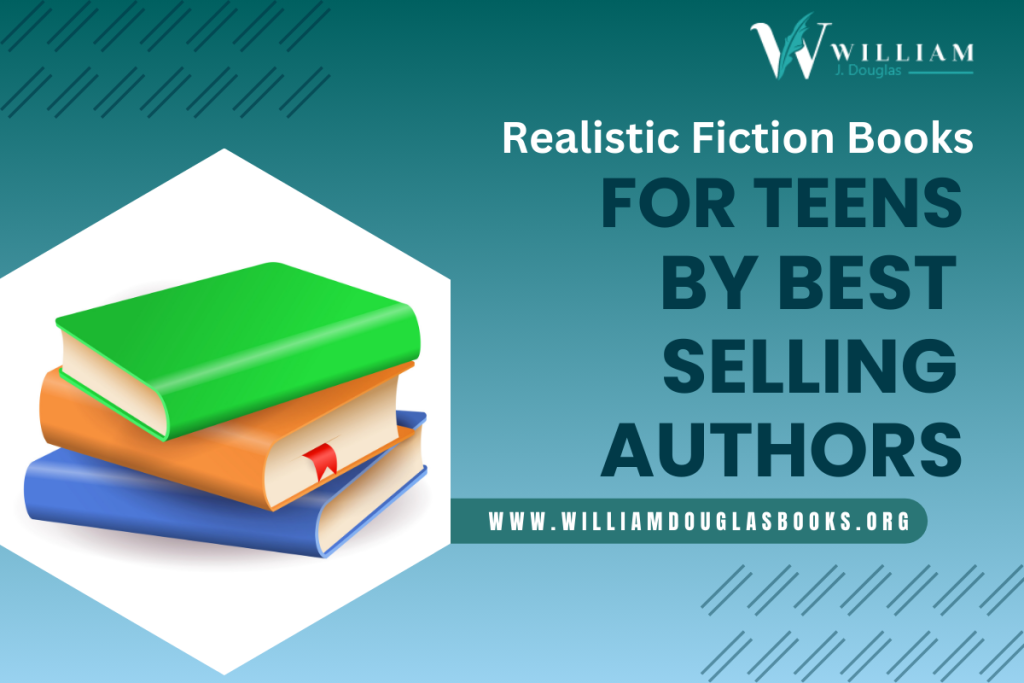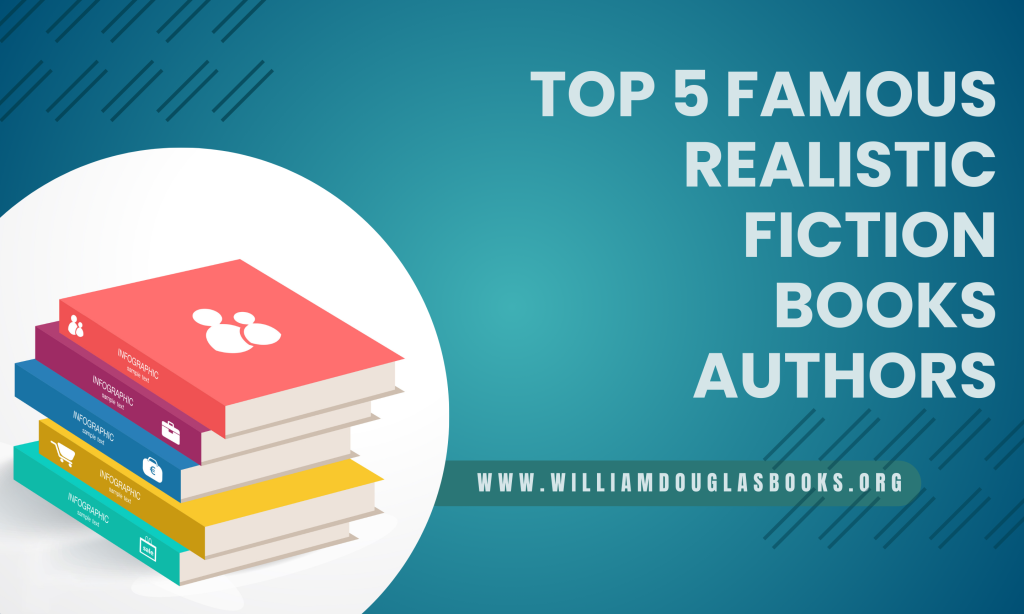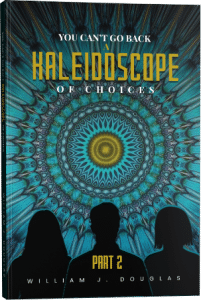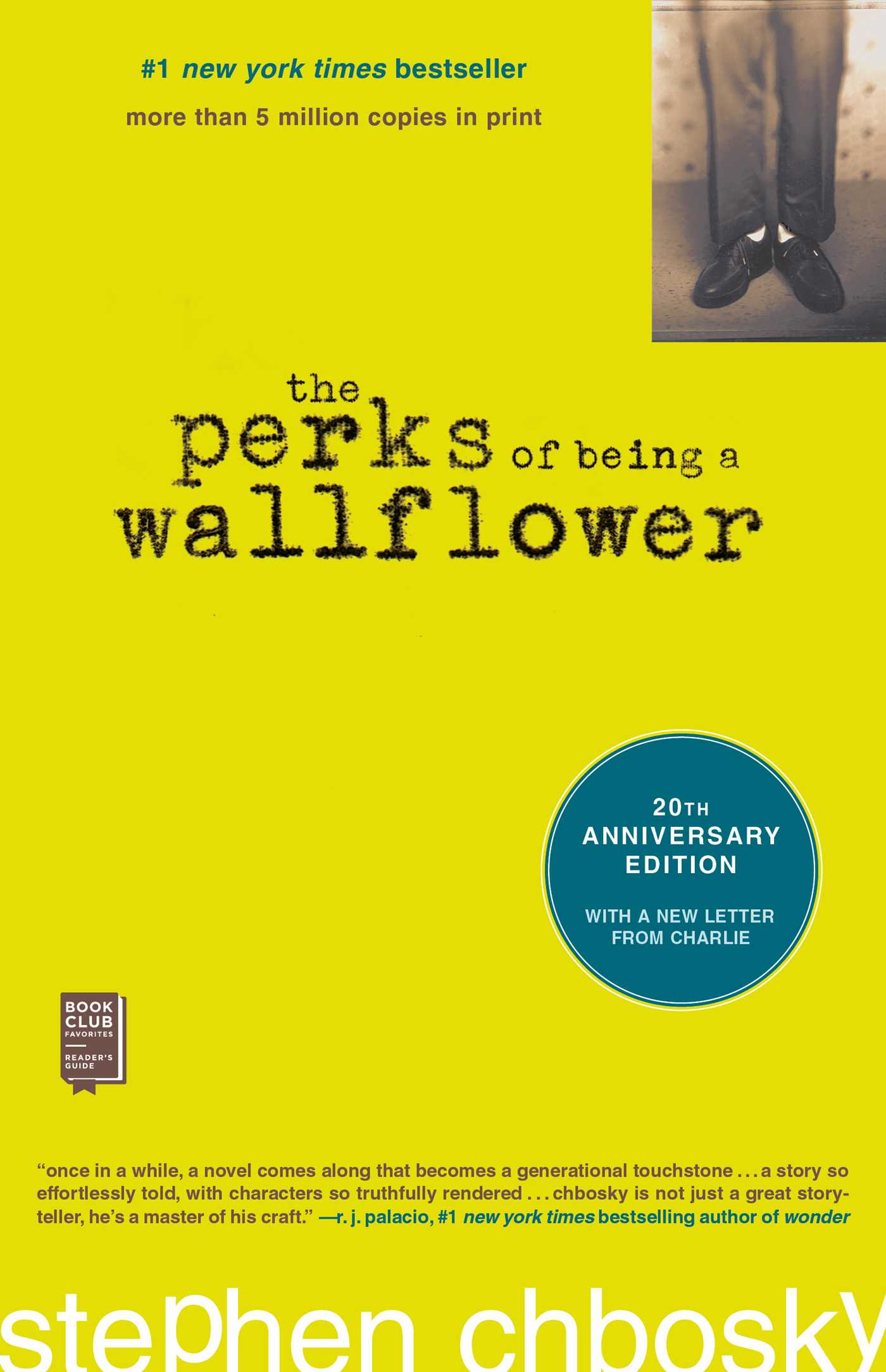
Introduction:
In the captivating world of literature, crafting the perfect title is an art form in itself. Aspiring writers often wonder how to create titles that truly resonate with readers, especially in the realm of realistic fiction books for teens. In this blog, we will delve into the title creation process, exploring tips and techniques that empower writers to find the right words to entice and engage their audience. So, let’s embark on this journey of mastering the art of title creation for realistic fiction books targeted at young adult readers.
Crafting Compelling Titles for Realistic Fiction Books Targeted at Teens
Following are the ten compelling titles for realistic fiction books for teens. Each heading represents a crucial step in crafting captivating titles for realistic fiction books targeting the young adult audience. These headings will guide readers through the journey of understanding and mastering the art of title creation.
Before delving into an in-depth discussion of the meaning of realistic fiction books for teens, you should understand the realistic fiction meaning.
-
Understanding the Essence of Realistic Fiction
Before we dive into the intricacies of title creation, let’s first grasp the essence of realistic fiction. This genre brings relatable characters and events to life, mirroring real-life situations while exploring emotions, challenges, and growth. Writers working in this genre need titles that encapsulate the essence of their stories, connecting with teen readers on a personal level.
-
Embracing Creativity and Authenticity
When it comes to crafting titles for realistic contemporary fiction books, writers must embrace their creativity and authenticity. Generic or clichéd titles won’t cut it for this discerning audience. By blending their unique storytelling voice with a touch of intrigue, writers can create titles that stand out on bookstore shelves and digital platforms alike.
-
Aligning Titles with Themes
The title of a book acts as a gateway to its contents. Teen readers are drawn to themes they can relate to, such as friendship, identity, love, and self-discovery. Writers should align their titles with these themes, enticing potential readers by hinting at the emotional journey that awaits them within the pages.
-
Striking a Balance between Clarity and Intrigue
Crafting a successful title is all about striking the perfect balance between clarity and intrigue. While it should provide a glimpse into the story, it must also spark curiosity, leaving readers eager to dive deeper. A well-crafted title can be the hook that keeps readers invested until the very last page.
-
Researching Existing Titles and Trends
To create unique and compelling titles, writers should research existing titles in the realistic fiction genre. Analyzing popular books and current trends can provide valuable insights into what resonates with readers and help avoid unintentional similarities.
-
Utilizing Literary Devices in Titles
Literary devices such as alliteration, metaphors, and symbolism can add depth and intrigue to titles. Writers can experiment with these techniques to infuse their titles with a poetic quality that captures the essence of their stories.
-
Seeking Feedback and Iterating
Once a writer has crafted a preliminary title, seeking feedback from trusted peers or writing groups can be immensely helpful. Constructive feedback can offer fresh perspectives and inspire iterative improvements to the title.
-
Testing Titles with Target Audience
Before finalizing a title, writers can conduct small-scale surveys or focus groups with their target audience. Getting direct feedback from potential readers can reveal which titles resonate the most and guide the final decision.
-
Avoiding Misleading Titles
While intrigue is essential, writers should avoid misleading titles that promise something the story doesn’t deliver. Authenticity is crucial to building trust with readers, and a mismatched title can lead to disappointment.
-
Polishing the Final Title
After gathering feedback and testing titles, writers should polish the final title. It involves paying attention to the smallest details, ensuring that every word, punctuation mark, and aspect of the title is refined to perfection.
Steps writers should take after Polishing the final title:
- Checking for Clarity:
The title should be clear and easily understood. Ensure that it accurately reflects the essence of the story without being vague or misleading. - Assessing Grammar and Spelling:
Typos and grammatical errors can detract from the professionalism of the title. Carefully proofread the title to ensure it is free from any spelling or grammar mistakes. - Consistency with the Story:
Confirm that the chosen title aligns seamlessly with the book’s themes, characters, and tone. - Length and Impact:
The ideal title strikes a balance between being concise and impactful. Long-winded titles may lose readers’ attention, while overly simplistic titles might not convey the depth of the story. - Visual Appeal:
Consider how the title looks visually. The font, size, and style should complement the genre and target audience. - Testing Across Platforms:
Before finalizing, ensure the title looks good and is easily readable across various platforms, such as book covers, websites, and social media.
Here are some examples of realistic fiction book titles targeted at teens:
Realistic fiction books for teens
- “YOU CAN’T GO BACK A KALEIDOSCOPE OF CHOICES“
- “Finding My Voice in the Chaos”
- “Summer of Serendipity”
- “Through the Kaleidoscope of Emotions”
- “The Art of Letting Go”
- “Waves of Change”
- “Whispers in the Wind”
- “From Ashes to Stars”
- “Ink and Paper Hearts”
- “Chasing Fireflies”
These titles offer a glimpse into the emotional and relatable journeys that young adult readers often seek in realistic fiction books.
Q1: How important is the title of realistic fiction books for teens?
The title is crucial as it serves as the first point of connection with potential readers. A well-chosen title can pique interest and set the tone for the story, influencing readers’ decision to explore further.
Q2: Can a generic title work for realistic fiction books targeted at teens?
While it’s possible, generic titles might not attract as much attention. Teens often seek titles that speak to their experiences and emotions, so crafting a unique and relevant title is advisable.
Q3: How can writers find inspiration for their titles?
Writers can draw inspiration from various sources, such as key moments in their stories, impactful quotes, or central themes. Brainstorming and experimenting with different options can lead to the perfect title.
Q4: What sets realistic fiction books for teens apart from other genres?
Realistic fiction for teens captures relatable emotions and growth, addressing real-life situations that resonate with young readers.
Q5: How do realistic fiction books for teens impact emotional development?
Realistic fiction helps teens empathize, cope with emotions, and build emotional intelligence.
Conclusion
Crafting a compelling title for realistic fiction books for teens is an art that requires a combination of creativity, an understanding of the genre, and a deep connection with the target audience. By researching existing titles, utilizing literary devices, seeking feedback, testing with the target audience, and avoiding misleading titles, writers can refine their title creation process and increase the chances of grabbing readers’ attention. The journey of creating titles is a valuable learning experience that enhances a writer’s understanding of their own work and their connection with readers. So, embrace the power of words and embark on the adventure of title creation, making your mark in the captivating world of literature.










